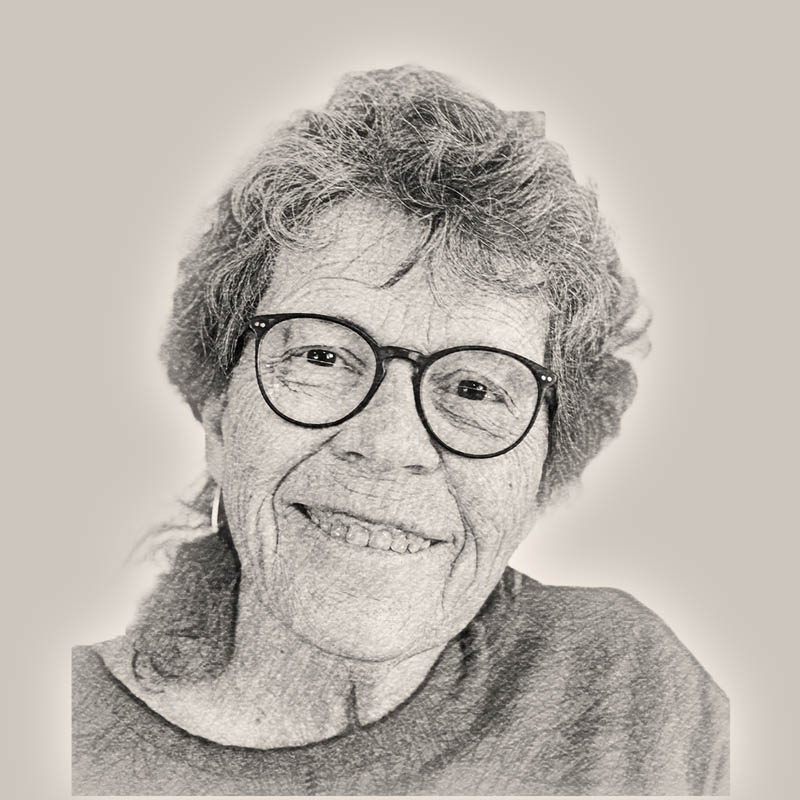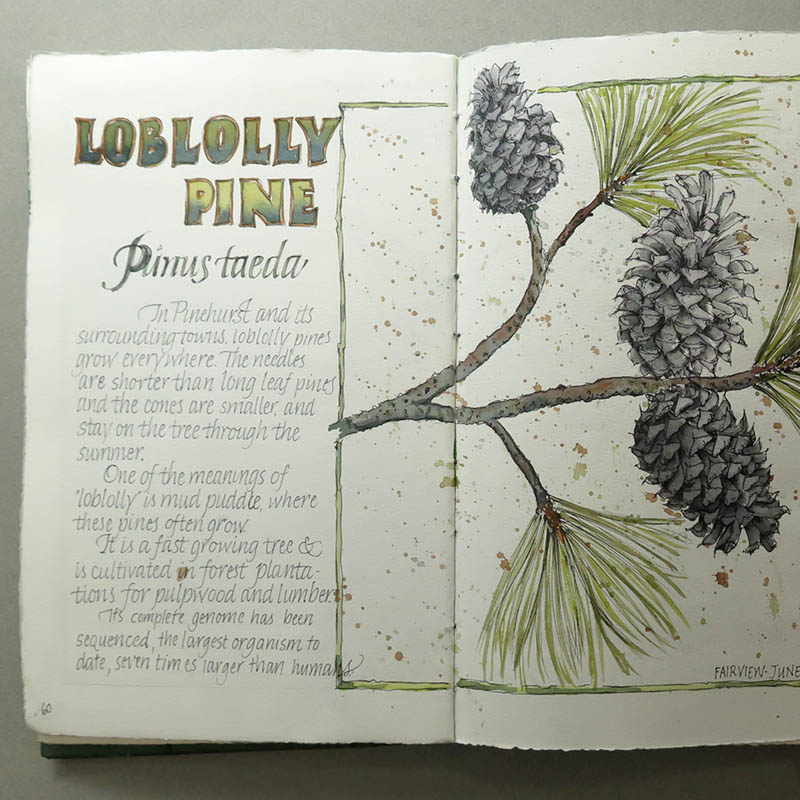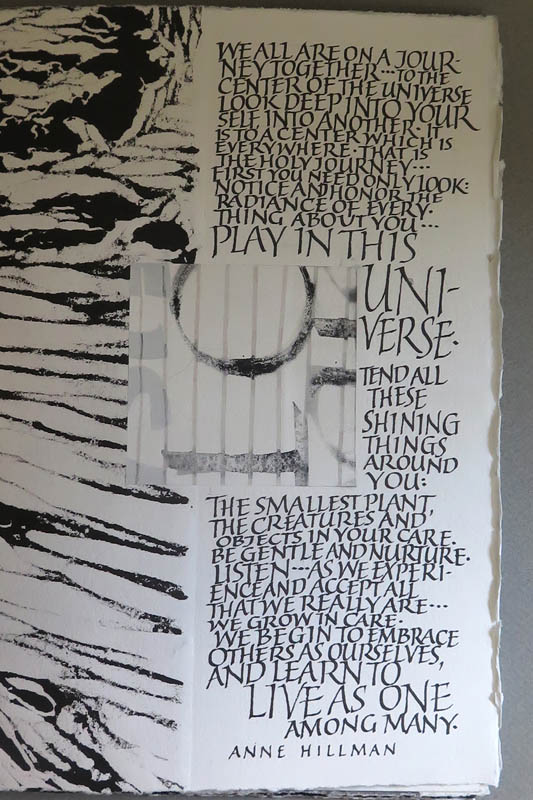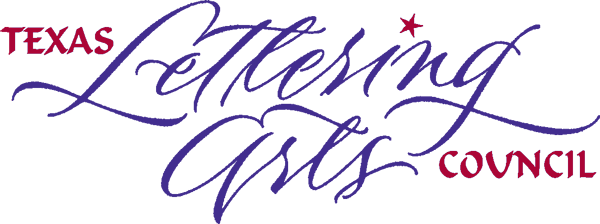
Annie Cicale
Annie will be teaching the following workshop(s) at Legacies III:
Biography
The world of books has captivated Annie Cicale since she was a child. Fascinated by writing, her first Osmiroid fountain pen led her to the world of calligraphy. After a short stint as a chemical engineer, she returned to school, receiving a BFA in printmaking and an MFA in graphic design; she now calls herself an intuitive engineer. She has taught calligraphy workshops throughout North America, Japan, Spain and Australia, and has had a number of one person exhibits, including the installation of “The Face of Humanity” at galleries in Tennessee, Montana, Illinois and North Carolina. Her artist’s books are in public and private collections, including the Design Library at Yale University and the Bainbridge Island Museum of Art. She is the author of The Art and Craft of Hand Lettering, revised in 2018. She divides her time among teaching, graphic design work, painting and making artist’s books. When not in the studio, she can be found in a swimming pool teaching water aerobics, in her garden or hiking, with treks in Peru and Nepal testing the patience of her knee surgeon.
Word Meets Image on the Page

Description
Text and image complement each other to expand communication. This fundamental principle is the basis of graphic design, illustrated books, and calligraphic painting. We’ll focus on illustration skills to develop meaningful imagery, working with simple tools: pens, pencils and watercolor. Whether your work is abstract or realistic, you’ll expand your repertoire of creative tools. A few basic lettering styles will be presented, and fundamentals of page design will help you to integrate text and image into your structure. We’ll discuss one of a kind books as well as limited edition possibilities. You may choose to focus on man made objects, plants, architecture or other subjects that interest you, and we’ll find words that will work with your ideas as well. Simple lettering styles will be demonstrated, or you can work with ones you know. The result will be a collection of pages that will form a journal of your week’s work, with hopes of continuing these threads in the future.
SUPPLIES
BASIC SUPPLIES
Bring your favorite tools, but be sure to include:
- Drawing board, if you like to work on a slant
- T-square or rolling ruler, triangle, ruler
- Masking or drafting tape
- Scissors, X-acto knife with #11 blades, or Snap-off knife, small plastic cutting mat or scrap of mat board
- Glue stick (UHU), rubber cement pickup
- Pencils, various hardnesses (4B, 2B, HB, 2H, etc.)
- Soft eraser, such as Magic Rub
- Water container
- Ink rags or tissues
- Old toothbrush for cleaning pens
- Dividers (see illustration)
- Notebook
- Camera (optional)
- Pens You are Comfortable With: Dip pens in assorted sizes, such as
- Brause, Mitchell (Rexel) or Speedball. 5-6 pen holders, enough so that you won’t be changing nibs frequently.
- Roller ball pens, such as Pilot’s Precise V5. (from office supply stores)
- Non-waterproof black ink, such as Moon Palace or your favorite, and/or walnut ink.
- A few colored pencils, regular ones such as Prismacolor, and/or water soluble ones.
PAPER
Depending on our progress, some of these will be used to finish your project after the workshop.
- One half sheet of Arches Text Laid or Wove, 26×20” or 90# watercolor
paper, either hot or cold press A few scraps of good white or off-white paper, such as Arches Text Laid or Wove, or 90#
watecolor. - Tracing paper for rough drafts.
PAINT
- Designer’s gouache in basic colors, such as R, Y, B, and G, O, V if you have them, plus black and white.
- Old brushes for mixing gouache
- Palette for gouache, the ones with little wells work well.
- Gum arabic.
- Small palette of watercolors
- One round brush with a good point on it., size 2-4 and/or your favorite watercolor brushes
- Water container, paint rags.
Value Contrast: Exploring the Grey Areas

Description
Traditional text consists of dark letters on white paper, but the most exciting presentations include all the shades between. This design workshop is for students who want to increase their understanding of color principles by focusing on one aspect of it—value. We will work with a variety of media to fine tune your understanding. We will work with a variety of media, including gouache, pencil, ink and collage to explore the many aspects that create expressive presentations of your words.
This workshop is ideal for students who are seeking to be more expressive in their presentations, but lack the training to know where to begin.The result is a portfolio of many ideas that will apply to their work, whether traditional or contemporary.
SUPPLIES
STUDENT SUPPLIES
- T-square, triangle, 18” cork back metal ruler
- Masking or drafting tape
- Scissors, X-acto knife with #11 blades, or Snap-off knife, plastic cutting mat or scrap of mat board
- Pencils, various hardnesses (4B, 2B, HB, 2H, Soft eraser, such as Magic Rub
- Water jar
- Ink rags or tissues, sponge (for sticky fingers)
- Old toothbrush for cleaning pens
- Dividers
- Glue stick (UHU), rubber cement pickup
- Dip pens, various sizes, your favorites such as Brause, Mitchell or Speedball
- 5-6 pen holders, enough so that you won’t be changing nibs frequently.
- Non-waterproof black ink, such as Moon Palace
- Also bring, if you have them, a ruling pen, large brass pens, brushes, flat and or pointed—your favorite mark-making tools.
- One very large brush, foam or bristle
- Access to Chlorox bleach, small container
PAPER
- One half sheet of Arches Text Laid or Wove cut 2 strips to 8×26”, plus 1 strip 4×26”.
- Layout bond or non-repro graph paper.
- A few scraps of good white or off-white paper
- Scraps (5×7” or so) of gray, brown and beige paper, such as Canson or
- Strathmore, or other kinds. Other colors, too, if you have them.
- Tracing paper for rough drafts.
WRITING WITH COLOR
Designer’s gouache in assorted colors plus Ivory Black, also Pro White and/or white gouache. Bring what you have; we’ll discuss paint qualities.
- Palette for gouache, Old brushes for mixing gouache, some better ones for applying paint.
- Gum arabic
- Water container, paint rags
